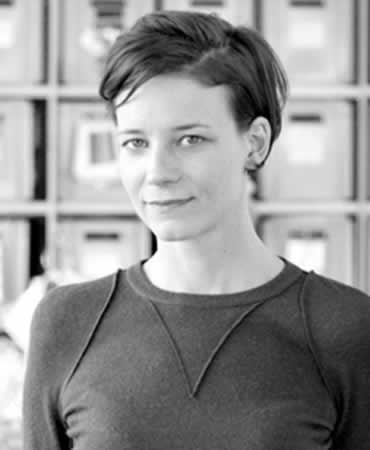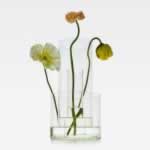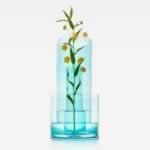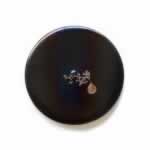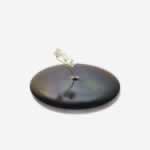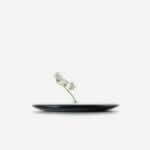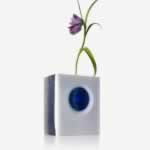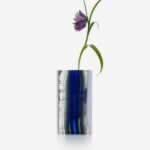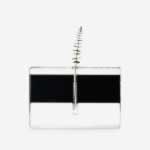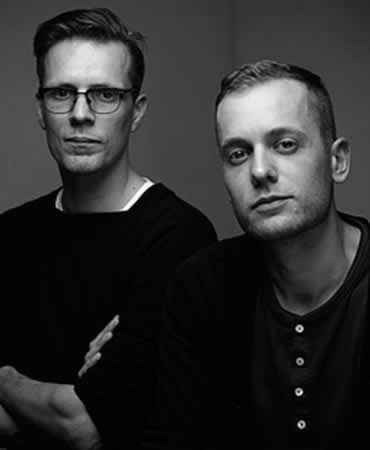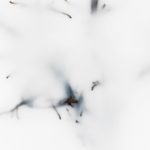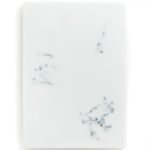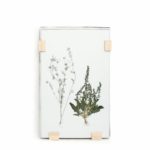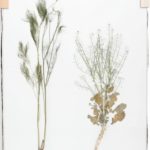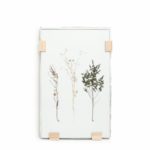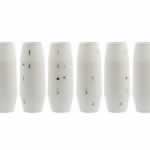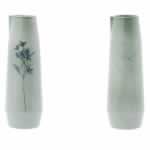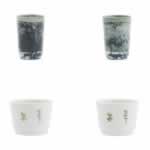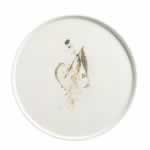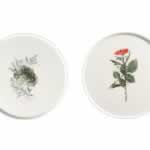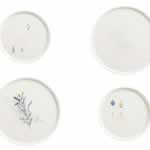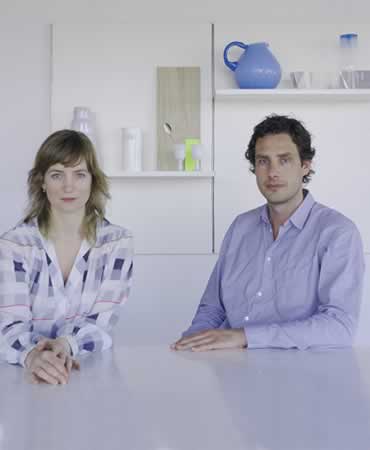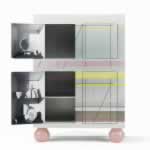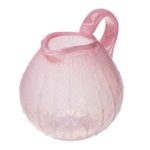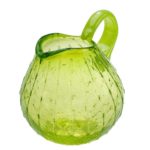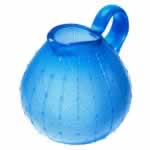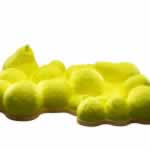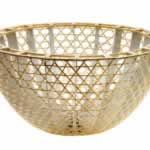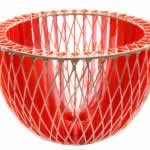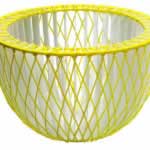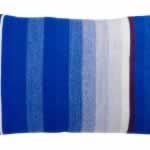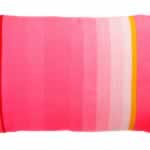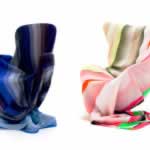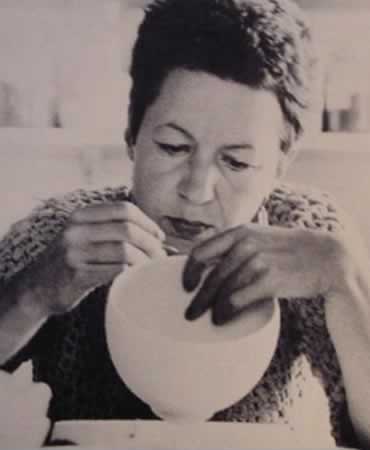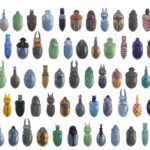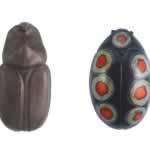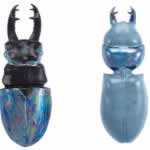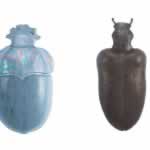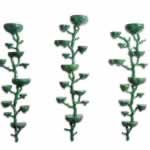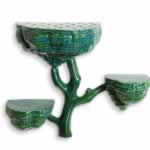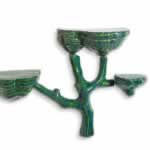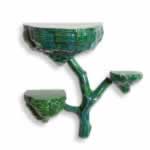Wieki Somers and Dylan van den Berg studied at the Eindhoven Design Academy in the late 1990s and in 2003 they founded the Wieki Somers Studio, which is focused on reading the environment in which we live every day. The work of the studio is distinguished by a great attention to materials, technological research, and imagination.
The designers work for a wide variety of international manufacturers, museums and galleries, and have established an intense relationship with some private collectors. They have received numerous awards and their works are part of important collections, including the Museum of Modern Art in New York, the Center Pompidou in Paris, the Boijmans Van Beuningen Museum in Rotterdam and the Victoria and Albert Museum in London. Ferrero 1947 is proud to present their limited edition collections of 99 specimens of vases, which link their shape to some reflections on the water. The result is a very poetic collection, of great craftsmanship and preciousness.
In this collection the most complex project from an artisanal point of view and the most intense from an aesthetic point of view is “Ice Flowers”: an ice-like cube that refers to Global Seed Vault on Spitsbergen. A set of glass sheets layered with petals in the middle that create a depth and a new scene with the real living flower. Another example of great charm is “Narcissus”, inspired by the painting “Narciso” by Caravaggio; a metaphor for the destructive relationship between man and nature. The vase shows a isolated flower in a puddle of oil. “Water Levers” is inspired by the current theme of continuously measuring our water levels due to climate change; the composition with flowers, volumes within volumes, use of different levels of water and a mirror base, together create an unexpected stratification. “Deepwater” the design of the deep waters refers to the oil that originates on the bottom of our oceans, whose natural balance with water it is interrupted by human actions; these actions can cause eco catastrophes such as “Deepwater Horizon”. Finally the “Erosion” model is inspired by the book “La lecture des Pierres” by Roger Caillois; erosion on earth is caused by natural elements such as wind, water and glacial ice. It is the process by which the surface of the Earth wears out.
